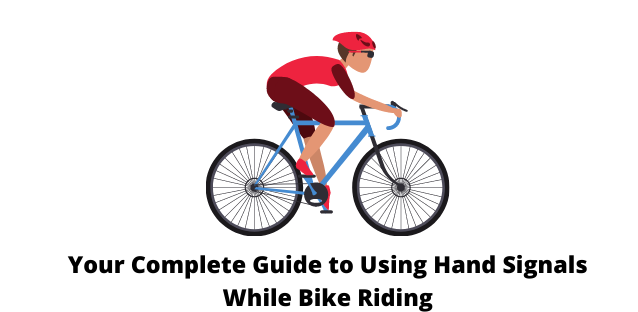Your Complete Guide to Using Hand Signals While Bike Riding
As a bicyclist, it’s vital to ensure your safety and the safety of others on the road, including cars, other cyclists or pedestrians. Whether riding conventional or hybrid bikes, a transparent form of communication with others is essential if you’re riding with a group or in traffic. After all, bikes don’t typically have brake lights or turn signals. Listed here are the most regularly used hand signals to remember for any bike ride. Get familiar with them so that they become second nature as you’re riding. This way, you can have peace of mind knowing you’re heightening your safety.
Signaling a Turn
Although there are two correct ways of signaling a turn, the most obvious is to point your arm straight out in the direction you intend to go. So, if you want to make a right turn, straighten your right arm out to the right of your body. If you’re going to turn left, straighten your left arm out to your left side.
You can also signal a turn using the opposite arm of the direction you want to turn by pointing the arm into the air, bent up at the elbow 90 degrees with an open palm. Cyclists typically use their left hands for signaling to control the rear brake with their right hand as they slow down for the turn.
Signaling Speed Reduction
It’s also essential to let people know you’re slowing down since you don’t have brake lights on a bike. An unexpected speed change can cause an accident. When you’re getting ready to slow down, straighten your left arm to your side, making your palm parallel to the ground. Move your palm up and down several times with it still parallel to the ground.
Signaling a Stop
There are two ways to signal that you’re preparing to stop. You can place your left arm down to your side with your open palm facing backward. The other way is to put your right arm behind your back while making a fist in the middle of your back. This second method is used more by cyclists to signal to other cyclists in the pack. Therefore, a cyclist may use this method more while riding a traditional road bike than an electric beach cruiser.
Signaling Distance Needed
You may notice someone riding behind you getting a little too close for comfort. When you want to signal to others to pay regard to keep a safe riding distance, place your right arm behind your back and pat your butt.
Unfortunately, the hand signals that are familiar to cyclists aren’t widely recognized by non-cyclists. However, many of them, such as the turn signals, are relatively straightforward, even for those who are unfamiliar with hand signals. Using some signaling is essential for your safety, though. So, while not ideal, you’re contributing to the protection of everyone around you by using them. People in traffic are more likely to slow down if they know you’re going to give signals before you act. When you’re ready to up your cycling game, whether you’re in the market for a 24 inch fat tire bike or a 26 inch commuter bike, research bicycle retailers online to find the perfect option for you.

